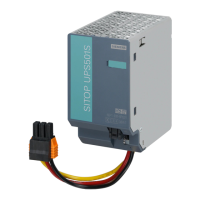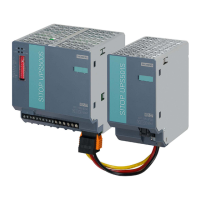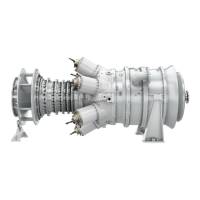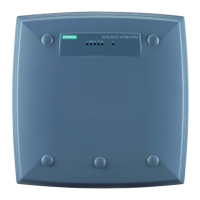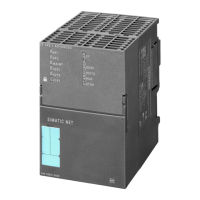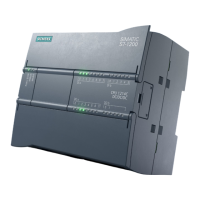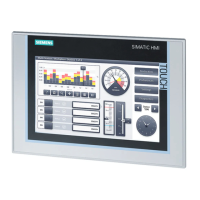2.4.5 CALOMAT 6E
DANGER
Explosion hazard
Frequently or permanently explosive gas mixtures must not be connected.
Rarely or occasionally explosive gas mixtures may be connected in accordance with the special
conditions specied in the corresponding certicates.
Ensure that no absolute sample gas pressures higher than 1.1bar (110kPa) can occur.
During installation in a control cabinet, an air exchange ratio of at least 1/h has to be ensured
through corresponding ventilation measures.
If the sample gases may occasionally be explosive, suitable ame arrestors have to be
installed in the sample gas inlet and outlet lines of the CALOMAT 6E gas analyzer. A ame
arrestor can be omitted at the outlet of the device if the sample gas is routed into a
non-hazardous area. When discharging the exhaust gas into an explosion-free area, a ame
arrestor at the device outlet can be dispensed with.
2.5 Measurement of oxygen in hydrogen with Oxymat 6E
NOTICE
Explosive gas mixtures
Gas mixtures of hydrogen H
2
in oxygen O
2
are explosive in a wide range. At an atmospheric
pressure of 1000 hPa and 20 °C ambient temperature, the lower explosive limit (LEL) lies at 4 %
H
2
in O
2
, the upper explosive limit (UEL) at 95.2 % H
2
in O
2
. At an ambient temperature of 80 °C
the LEL lies at 3.8% H
2
in O
2
, the UEL lies at 95.4% H
2
in O
2
.
In general, a distinction is made between the following cases at the occurrence of explosive
gas mixtures:
• Frequently or constantly explosive - more than 1000hours/year
• Occasionally explosive - 10 to 1000hours/year
• Rarely explosive - less than 10hours/year
Safety instructions
2.5Measurement of oxygen in hydrogen with Oxymat 6E
Series 6 and ULTRAMAT 23
20 Compact Operating Instructions, 01/2024, A5E45779144002-AB

